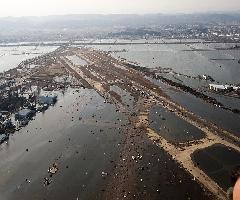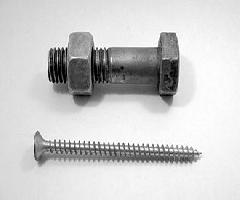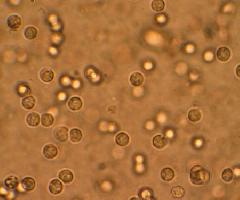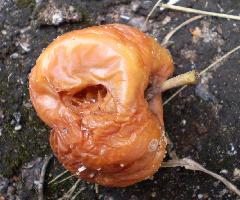You eat food to have energy. But before your body can get the energy from the food, your body has to combine that food with oxygen. Oxygen is part of the air you breathe. Breathing is a part of the respiratory process.
The nose, nasal cavity and pharynx make up the upper respiratory tract. The larynx, trachea, bronchi, bronchioles and alveoli make up the lower respiratory tract. The entire passageway to the lungs is also known as the air tub e. The lungs are the largest organs in the respiratory system. Altogether, the different parts of the respiratory system enable it
to perform its function of getting oxygen into the body and ridding it of carbon dioxide. Let us now find out how each part works.Nose and Nasal Cavity . The nose is the uppermost part of the respiratory tract. It is made up to two bones and cartilage. It forms a hollow passage that connects the nostrils and the top of the throat. This passage is called the nasal cavity . It is lined with a mucous membrane which bears tiny hairs. The function of the nose is to filter, warm and moisten the air before it moves on to other parts of the respiratory tract. The tiny hairs trap the dust particles, bacteria and other foreign bodies that enter the nose. These hairs also induce sneezing to remove foreign bodies lodged in the nose.
Mouth and Pharynx . Face a mirror and open your mouth. Do you see the arch at the black part of your mouth? This arch leads into your pharynx, or throat . The pharynx is a passageway from the back of the mouth and nose to the upper part of the esophagus and into the voice box, or larynx. The pharynx acts like a station where the food tube and the air tube meet. Food beings swallowed is prevented from entering the air tube by a thin structure, called epiglottis , that closes the air tube. This is why you cannot breathe while you are swallowing.
Larynx and Trachea . At the lower end of the pharynx is the larynx which forms part of the air tube. It is made of cartilage. One of its functions is production of voice. It does this with the help of either one of two pairs of vocal cords. When air from the lungs passes over the stretched vocal cords, vibrations are produced. The tongue palate and lips modify
the vibrations to produce speech. Another function of the larynx is to prevent choking. The elongated space between the vocal cords is called glottis . As mentioned earlier, the epiglottis folds back over the glottis when you swallow food, so the food cannot enter the trachea or air tube. The trachea, or windpipe , begins just below the larynx and ends behind the upper part of the breastbone where it divides to form two tubes. The trachea is made of elastic tissue and smooth muscle. It also has rings of elastic cartilage that keep the trachea open when the neck moves. It is lined with a mucous membrane and hair like projections called cilia . Mucus helps trap dust and bacteria in the incoming air. The cilia move the mucus upward to clear the respiratory tract.Bronchi, Bronchioles and Alveoli . The trachea branches into two tubes-the bronchi. Each bronchus (singular of bronchi) enters the lung and branches into narrower tubes called bronchioles . The walls of the bronchi and larger bronchioles are supported by cartilage. Their walls produce mucus which is moved upward by the cilia to clear the air passage. Each bronchiole ends in balloon like air sacs called alveoli . The alveoli have thin walls which are surrounded by blood vessels. The bronchi and bronchioles form the air passage into the lungs. The exchange of oxygen and carbon dioxide takes place in the alveoli. There are about 300 million alveoli in the lungs. These alveoli increase the surface area of the lungs and allow many blood vessels to collect oxygen.
The Lungs . We have two lungs. They lie in the chest cavity and are surrounded by the rib cage. Each lung is enclosed in the double membrane called the pleura . The pleurae are coated by fluid. This allows the lungs to slide freely as they expand and contract during breathing. The right lung has three lobes while the left lung has two. Each lobe has its own bronchi, bronchioles and blood vessels. The lungs are the main organs of the respiratory system. Their function is to supply the body with oxygen and remove carbon dioxide from the blood.
It you like this article, please fell free to leave a comment.thanks. joeldgreat
note: originally posted at Exposeknowledge.com under the same author.




